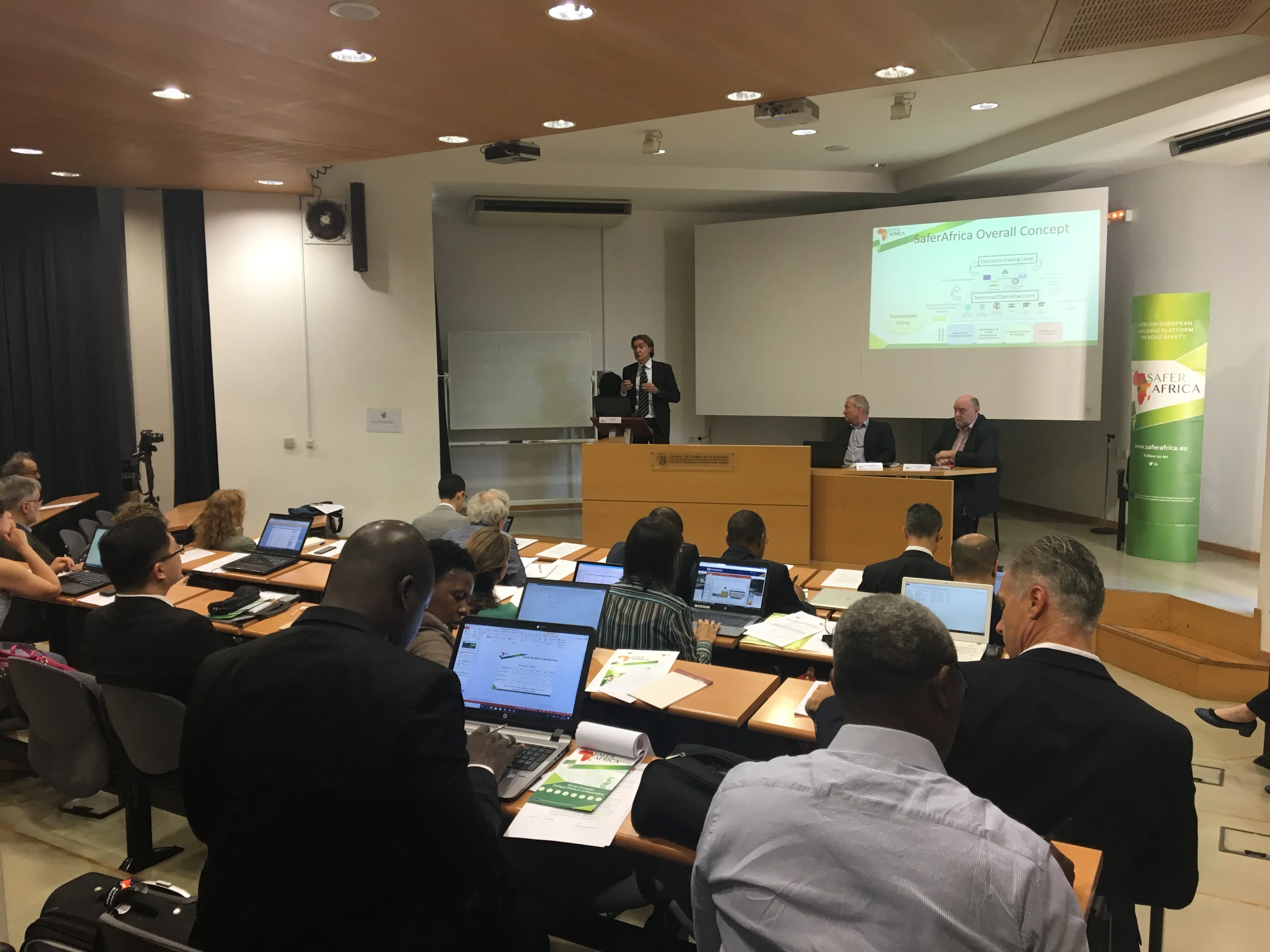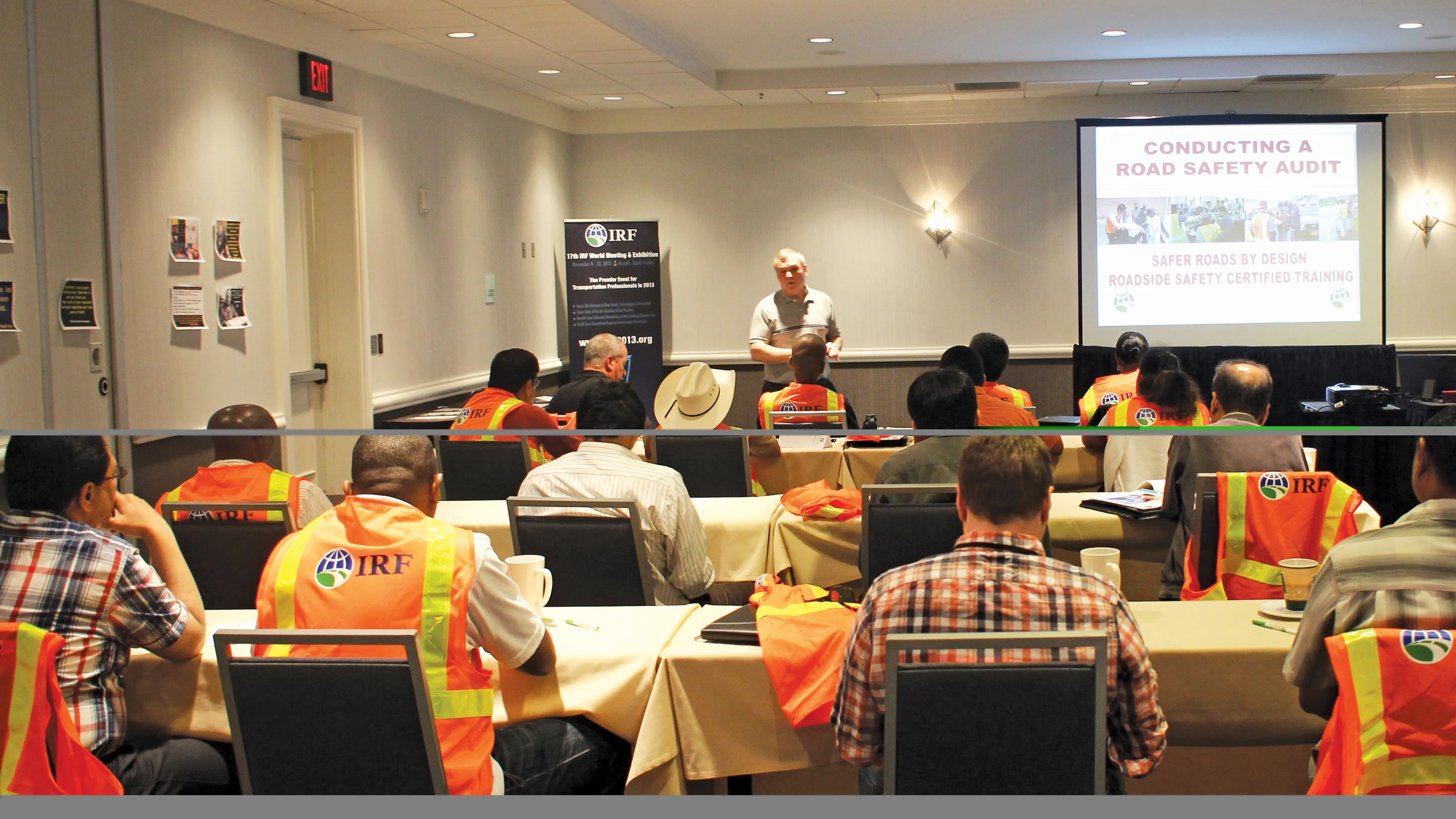
Transport is the forerunner of the economy and plays a pivotal role in the development and connectivity of nations. As the impacts of climate change become increasingly evident, there is a growing need to shift our focus from traditional engineering approaches to a more holistic understanding of the effects of climate change on the transport infrastructure sector in developing countries with climate resiliency in mind. Particular attention should be given to the importance of capacity building for various stakeholders such as government professionals, engineers, contractors, workforce, and local communities.
This article explores broader dimensions of climate resiliency in transport infrastructure in developing countries, emphasizing the importance of building the capabilities of professionals, such as engineers, and the role of donor banks and funding agencies in this transformative process.
So, what is climate-resilient transport infrastructure?
Climate-resilient transport infrastructure extends far beyond the traditional realms of engineering techniques and construction technologies. It encompasses a comprehensive understanding of climate change, its effects, and the ability to integrate this knowledge into the planning, design, execution and asset management of such projects. The goal of enhancing climate resiliency is to ensure that these projects not only meet standards and engineering specifications but, more importantly, withstand and adapt to the effects of changing climate conditions.
How does building capacity = climate resiliency?
When designing a transport infrastructure project, we expect that the assets we create will withstand climate conditions for longer periods of time. The same approach should be applied to creating a longer period of time for the knowledge that is being accumulated. In other words, we should build the capacity of engineers for future projects by enhancing their capabilities in current ones. In many developing countries, engineers form the backbone of infrastructure development. However, the pace at which climate change is occurring requires a paradigm shift in their skills and approaches. Capacity-building programs need to be implemented to enhance the capabilities of engineers, empowering them with the knowledge and tools necessary to address the challenges posed by climate change.
1. Education and Training: Engineers must be provided with education and training programs that incorporate climate change considerations into the curriculum. This involves understanding the science behind climate change, its local impacts, and the specific vulnerabilities of transport infrastructure.
2. New Engineering Approaches: Climate-resilient engineering involves adopting new approaches that consider the long-term effects of climate change. Engineers should be trained in innovative design techniques, such as nature-based solutions, sustainable materials, and green infrastructure, to create projects that are not only robust but also environmentally sustainable.
3. Risk Assessment and Management: Engineers need to be proficient in conducting comprehensive risk assessments that account for climate change-related risks. This includes understanding the vulnerabilities of infrastructure to extreme weather events, sea-level rise, and other climate-related factors. Effective risk management strategies can then be integrated into project planning and execution.
4. Technological Integration: The role of technology in enhancing the climate resiliency of transport infrastructure cannot be overstated. Engineers should be equipped with the latest tools and technologies, such as Geographic Information Systems (GIS), remote sensing, and simulation models, to assess climate impacts accurately and integrate this information into their designs.
Donor Banks and Agencies’ role
Donor banks and agencies play a crucial role in supporting climate-resilient infrastructure development in developing countries. Their involvement goes beyond financial assistance; it extends to knowledge transfer, capacity building, and fostering sustainable practices. Here are key areas where donor institutions can contribute:
1. Funding for Capacity Building: Donor institutions can allocate funds specifically for capacity-building programs to enhance local engineers' skills. This can include scholarships, workshops, and collaborative initiatives with established engineering institutions.
2. Knowledge Transfer and Collaboration: Facilitating collaboration between developed and developing countries allows for the transfer of knowledge and best practices. This can be achieved through joint research projects, exchange programs, and mentorship initiatives.
3. Incentivising Climate-Resilient Projects: Donor banks and agencies can use their influence to incentivize climate-resilient projects by incorporating specific criteria in funding agreements. This ensures that funded projects meet immediate infrastructure needs and contribute to long-term climate resilience.
4. Technical Assistance and Advisory Services: Providing technical assistance and advisory services can further support engineers in implementing climate-resilient practices. This includes access to experts, guidelines, and tools that assist in the integration of climate considerations into project planning and execution.
Climate resiliency in transport infrastructure is a multifaceted challenge that requires a comprehensive approach. Enhancing the capabilities of engineers in developing countries is key to achieving this goal. Donor banks and funding agencies, as key stakeholders, are responsible for supporting this capacity-building process. By investing in education, training, and technology, we can empower engineers to design and implement projects that not only withstand the impacts of climate change but also contribute to a more sustainable and resilient future for transportation infrastructure globally.







